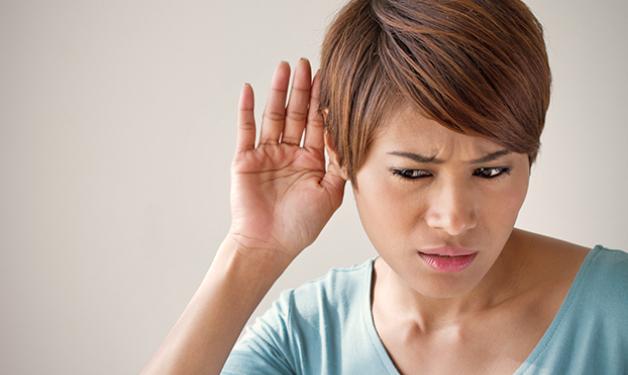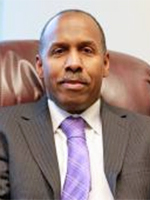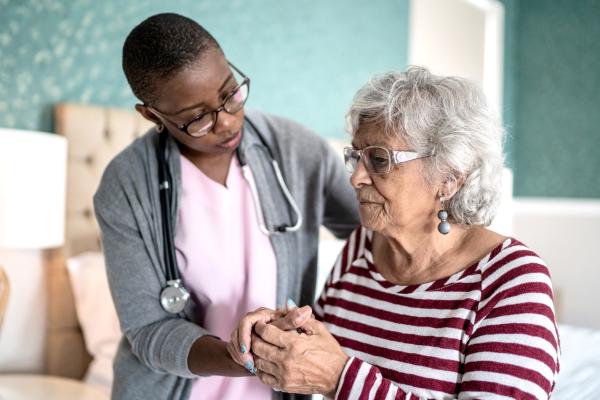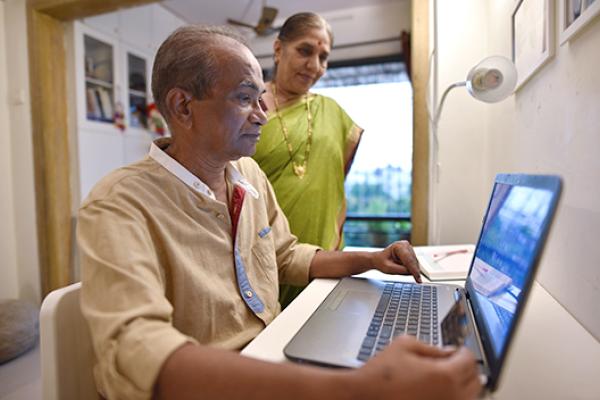
Study will investigate cause of hearing disability that often becomes permanent.
Imagine suddenly realizing that you can’t hear as well as you did few days ago. You haven’t been exposed to loud noise, you don’t have symptoms of an ear infection, and you haven’t had enough birthdays to dismiss it as being due to old age. Your doctor’s diagnosis of “sudden hearing loss” doesn’t help you understand what’s going on or put you at ease. Vancouver Coastal Health Research Institute scientist Dr. Desmond Nunez would understand your frustration. So little is known about sudden sensorineural hearing loss that it is a disease defined by its characteristics, which he finds problematic.
“Generally, this type of labelling is not ideal because the way in which any organ or system in the human body responds to a plethora of different causative factors tends to be quite limited,” says Dr. Nunez, an associate professor and head of the Division of Otolaryngology – Head and Neck Surgery, at the University of British Columbia. “It’s like attributing a patient’s loss of half a limb to ‘loss of half a limb’ – it’s not very helpful.”
“We’re only on the surface in terms of our knowledge of sudden sensorineural hearing loss as demonstrated by the way in which it’s being labeled.”
Sudden sensorineural hearing loss (SSNHL), also known as sudden deafness, describes the clinical presentation of the onset of an averaged reduction or degeneration of hearing acuity of 30 dB or more over a minimum of three frequencies, over a period of less than 72 hours. While the human ear’s total range of hearing frequencies varies with age, the frequencies that are important for hearing speech are between 250Hz and 8,000Hz. Experiencing SSHNL is like suddenly losing the ability to hear any sound that’s the volume of a whisper two feet away from the ear.

“We’re recruiting SSNHL patients and matching them to a control – i.e. an individual who, for all intents and purposes, is otherwise similar in age, sex, etc. – but who does not have the same hearing problem,” explains Dr. Nunez.
“We want to get an idea of the size of the problem and see if there are any particular clusterings or groupings of patients with similar characteristics at time of presentation” he says. “And we also want to get an idea of the efficacy of some of the current treatments being used.”
SSNHL is treated primarily through anti-inflammatory medication (a steroid) taken by mouth or applied locally via the ear drum. Unfortunately, treatment isn’t always effective, and then the SSNHL is permanent.
“Some people will recover – some will be spontaneous remissions and others will be induced by treatment,” Dr. Nunez says. “But the significant proportion, if not majority, who present with this condition are going to have it as a life-long consequence and a ‘successful’ treatment is often one in which the degree of hearing loss is reduced, rather than the hearing returning to normal.”
Dr. Nunez’s research also aims to identify small nucleic acid materials called micro-RNAs, which will hopefully be markers or identify differences between the patients with SSHNL and the control group.
“That will give us some insight about what’s happening at cell or sub-cellular level in the SSHNL patients,” he explains.

“It’s estimated that by 2030, one of the top five diseases in developed and developing societies will be hearing loss,” Dr. Nunez says.
“And we also now understand that with a lot of other neurodegenerative disorders, like dementia, cognitive decline is preceded by sensory deprivation. So, one of the factors that may play a role in the epidemic of dementia is the sensory deprivation that results from insidious hearing loss.”
Dr. Nunez describes his work as offering a natural experiment in which a patient with SSNHL who loses hearing in a short period of time can be a source of data for an event that occurs more gradually in most.
“Our SSNHL patient group can give us huge insights into what’s happening over the 40-year journey of the increasing number of individuals who develop hearing loss in their 60s and 70s,” he explains. “I think what we discover may be a solution not only for this patient group, but it may also give us insights into how we can help stop a growing global epidemic in terms of human hearing disorders.”


